For any player of padel, the selection of the racket can be a real headache when it comes to making a new purchase. We are trying to enlighten you. As if the multiplication of offers were not enough, the risk of regretting your choice and ending up with an unsuitable racket is indeed real for the majority of players.
Alors how to choose the racket that is right for you and that will make you better on the courts? Lighting attempt with Pablo Crosetti, member of Team NOX and Augustin Tapia's training team.
Technical characteristics
Pablo Crosetti identifies four main points on which you will have to be vigilant when choosing your racquet. Each of these points will have a direct influence on the performance of the players according to their level, their style of play and their preferences.
“A heavier racket will put more strain on the arm. A lighter racquet will handle more easily but will not have that little extra power needed on some shots. ”
Weight is the number one factor in injury from the wrong racquet choice. The risk of choosing a racket according to its aesthetics or because our favorite player is playing with it can result in elbow tendonitis (“Tennis elbow”) which will keep you away from the courts for many weeks and will force you to change equipment when you resume…
- The balance
“The balance point indicates where the racquet's weight is, closer to the handle or racquet head.”
It is worth remembering that a point of balance close to the racquet head promotes offensive and aggressive play while a low balance will provide greater maneuverability of the racquet. Here again, a balance too much in the head for a player who is not sufficiently trained can eventually cause an injury.
- The form
“The shape of the racket is directly related to the weight distribution. Every form of racket influences our game. ”
There are three shapes of rackets which correspond to the three points of balance mentioned earlier: the diamond-shaped racket with a point of balance close to the racket head, the teardrop-shaped racket with an intermediate balance and the round shaped racquet with a point of balance located more towards the handle.
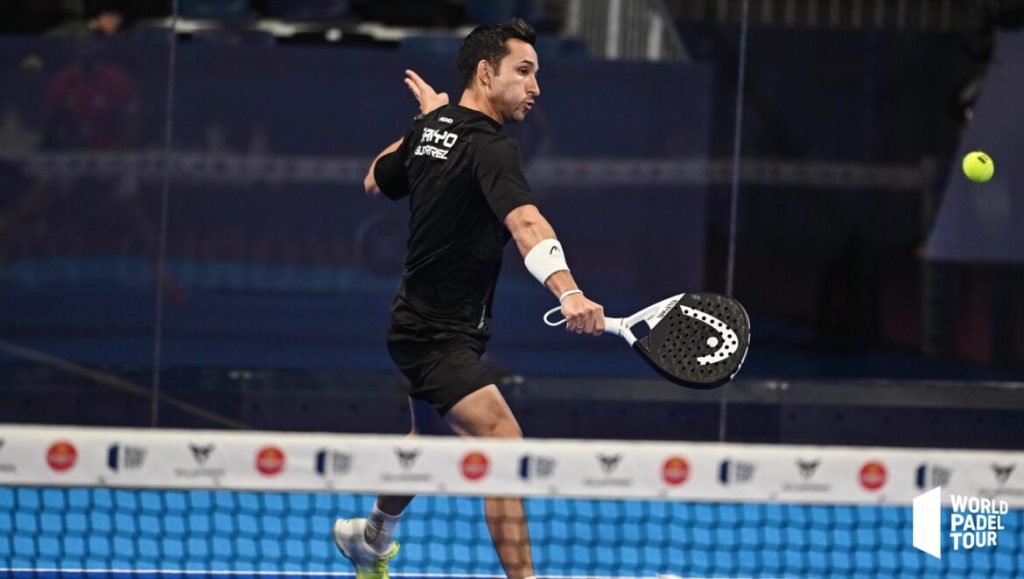
“The type of rubber determines the hardness of the racquet.”
A soft rubber will be more forgiving and comfortable, but it will tend to wear out more quickly than a hard rubber, which will have the advantage of offering a little more power.
Which racket is best for my game?
All the technical characteristics detailed above should help you identify which racket is best suited to your playing style! While we can get excited over his powerful smashes, we're not all strikers born like Juan Lebron.
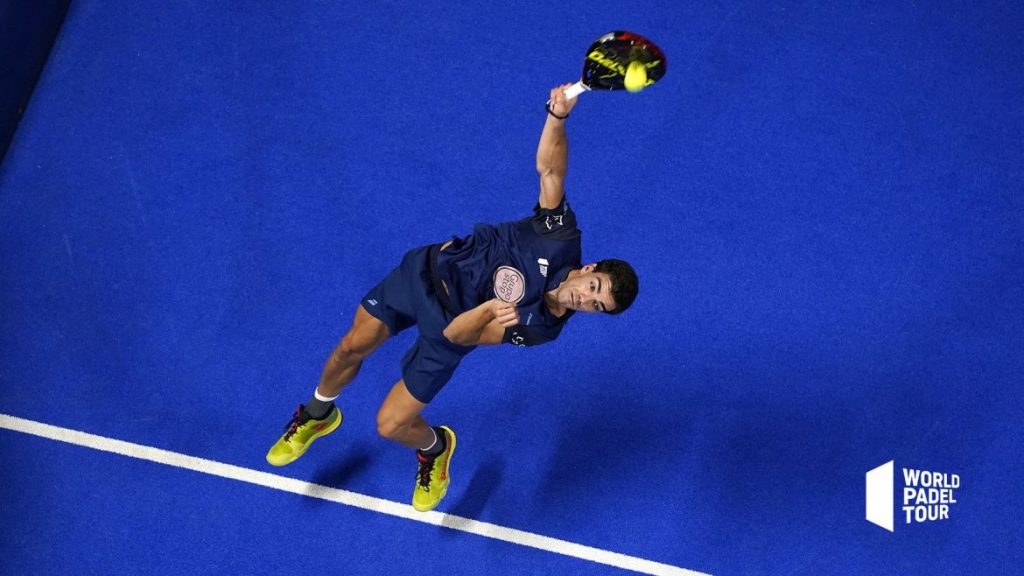
“Maximize my strengths or reduce my weaknesses”
Thus, according to the first option presented by Corsetti, a player with an offensive profile will be more inclined to orient himself towards a diamond-shaped racquet or drop of water with a harder eraser to gain power. A more defensive player will naturally feel more comfortable with a light and maneuverable racquet.
But it is also possible to see naturally powerful players like Miguel Lamperti or Agustin Tapia opt for less offensive racquets in order to obtain greater versatility in their respective games. Likewise, some so-called defensive players may want to choose a racket capable of giving them a slight surplus of power.
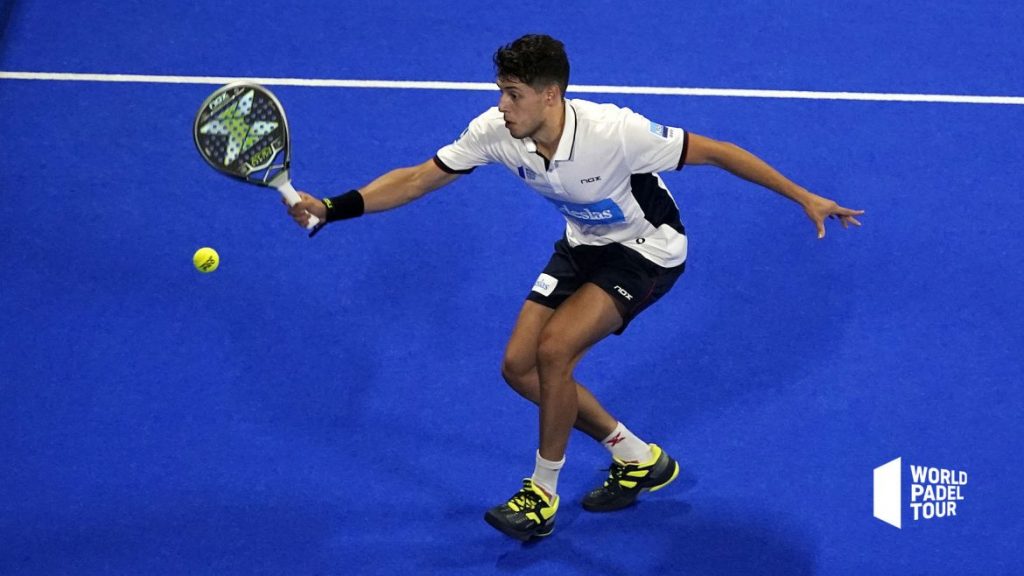
Whatever option you choose, it is fundamental to correctly test the racket by playing with it and trying each other every time (forehands, backhands, smashes, volleys…). Because only this way will you know if you are comfortable with the racket or not. It is also strongly recommended to do the tests under similar conditions to be able to judge impartially.
You now have the essential keys to choose the racket that will take you a step further and allow you to continue to progress and have fun!
The full interview with Pablo Corsetti is available, in Spanish, HERE
To learn more about this subject:
https://padelmagazine.fr/le-guide-pour-bien-choisir-votre-raquette-de-padel/

If tennis is a sport that drives you mad, then multiply that madness by 2 and you will get the padel.
An expatriate in Malaga, passionate about sports and photography, Malick immediately fell for the padel. If you can't find him on a short working his “bandeja”, He will probably be hiking, GoPro in hand.




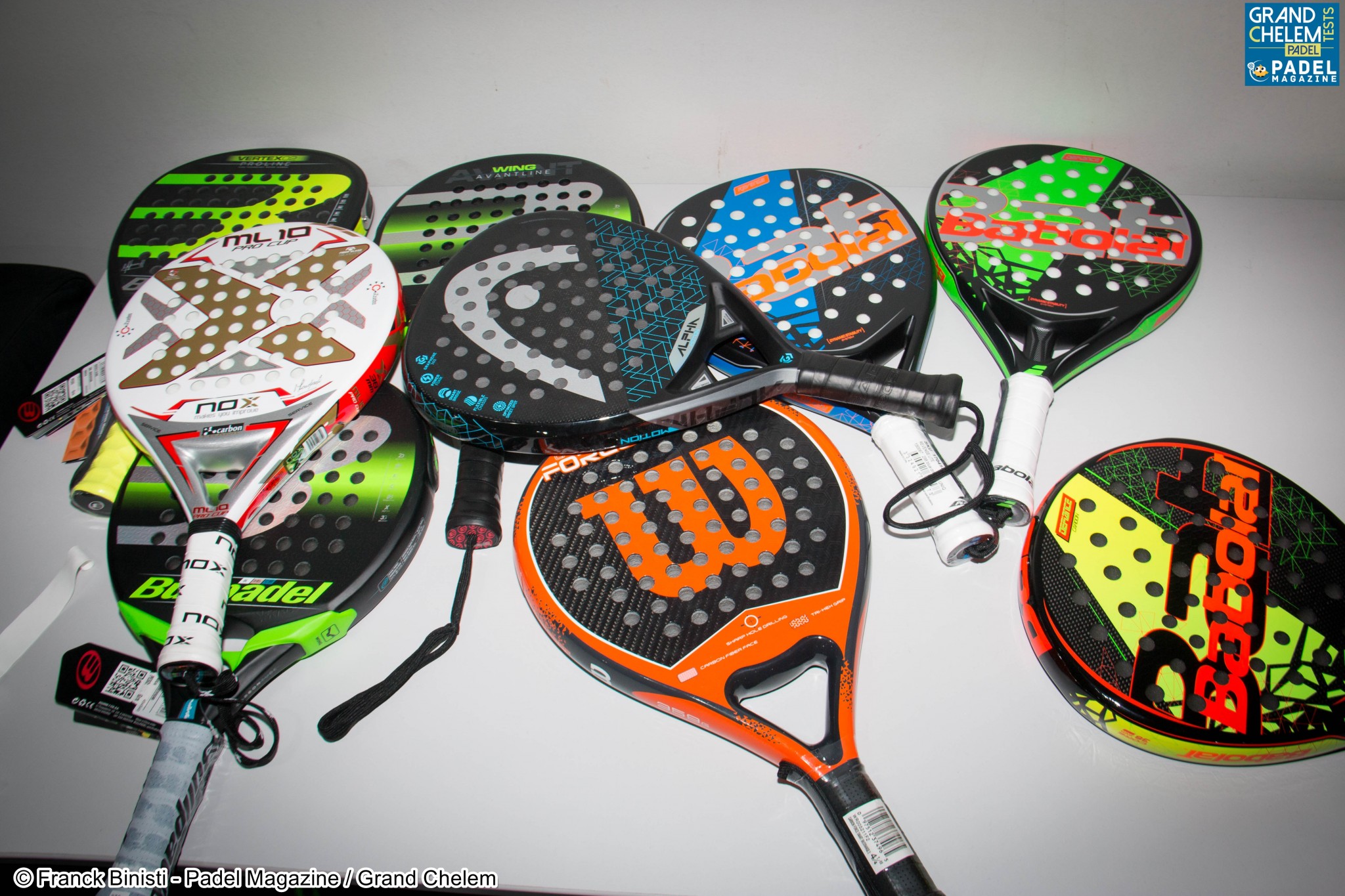











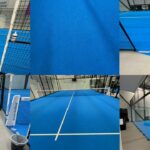



















































































 Padel Score comes to Tahiti for American Express Padel Cup!
Padel Score comes to Tahiti for American Express Padel Cup! Do you know the Rafa Nadal Academy Tour?
Do you know the Rafa Nadal Academy Tour? At the heart of padel – Episode 25: Paul and Andoni answer your questions
At the heart of padel – Episode 25: Paul and Andoni answer your questions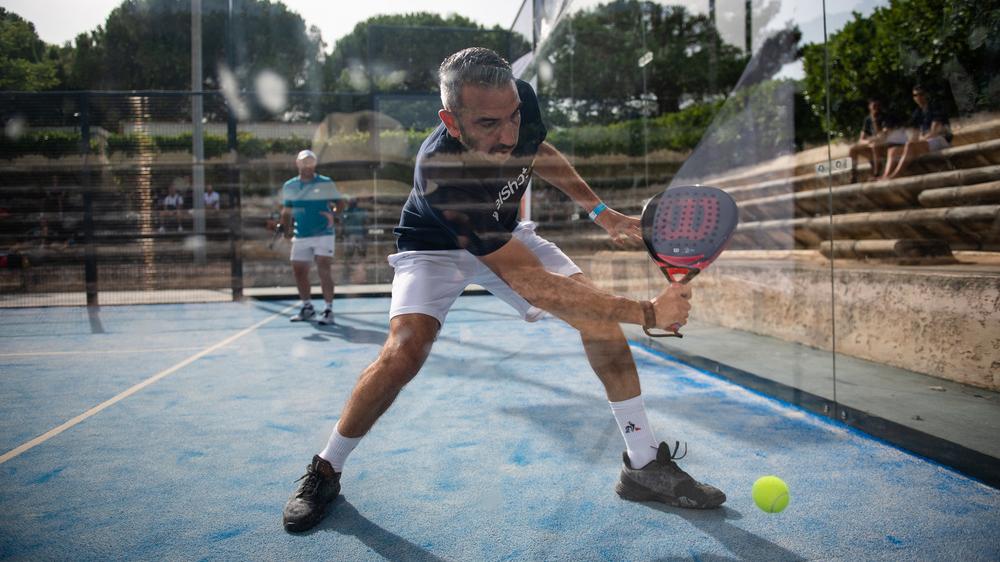 Simon Boissé: “We know that there are two nations in front of us”
Simon Boissé: “We know that there are two nations in front of us” Marie Maligo: “This period of frequent changes of partners was beneficial for me”
Marie Maligo: “This period of frequent changes of partners was beneficial for me”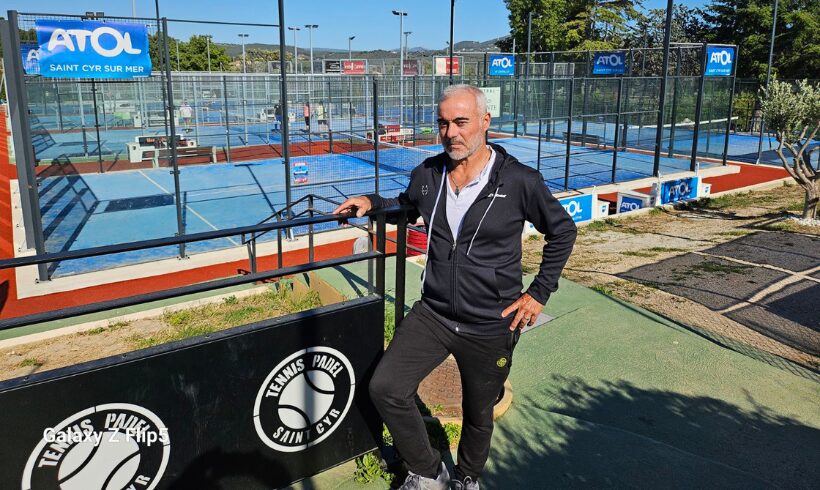 Alain Idier: “Adding tracks of padel, without sacrificing tennis”
Alain Idier: “Adding tracks of padel, without sacrificing tennis”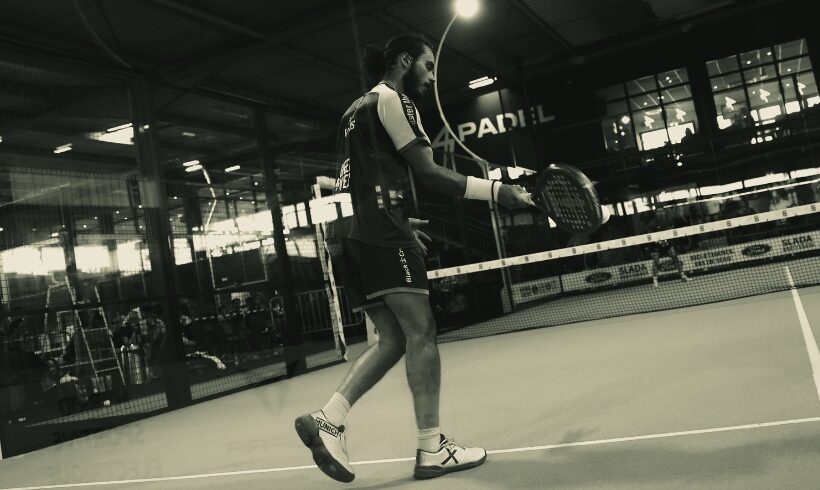 Manuel Vives: “It’s extremely difficult to get by financially”
Manuel Vives: “It’s extremely difficult to get by financially” Mind Padel Lyon and the Auvergne Rhône-Alpes League innovate with team tournaments
Mind Padel Lyon and the Auvergne Rhône-Alpes League innovate with team tournaments Simon Boissé: “We know that there are two nations in front of us”
Simon Boissé: “We know that there are two nations in front of us”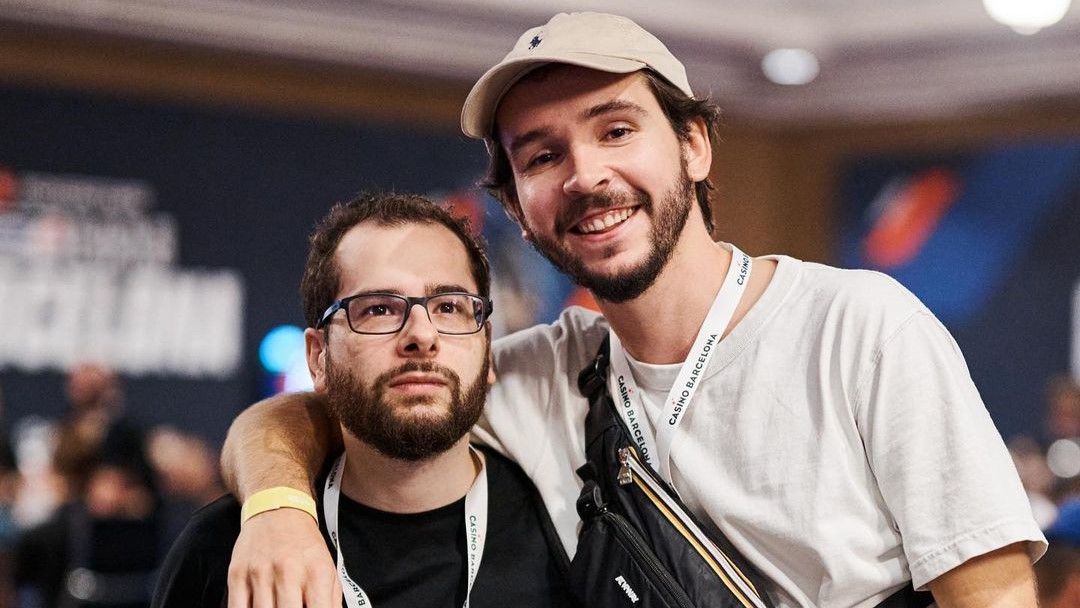 Team PAX (Domingo / Xari) returns to victory
Team PAX (Domingo / Xari) returns to victory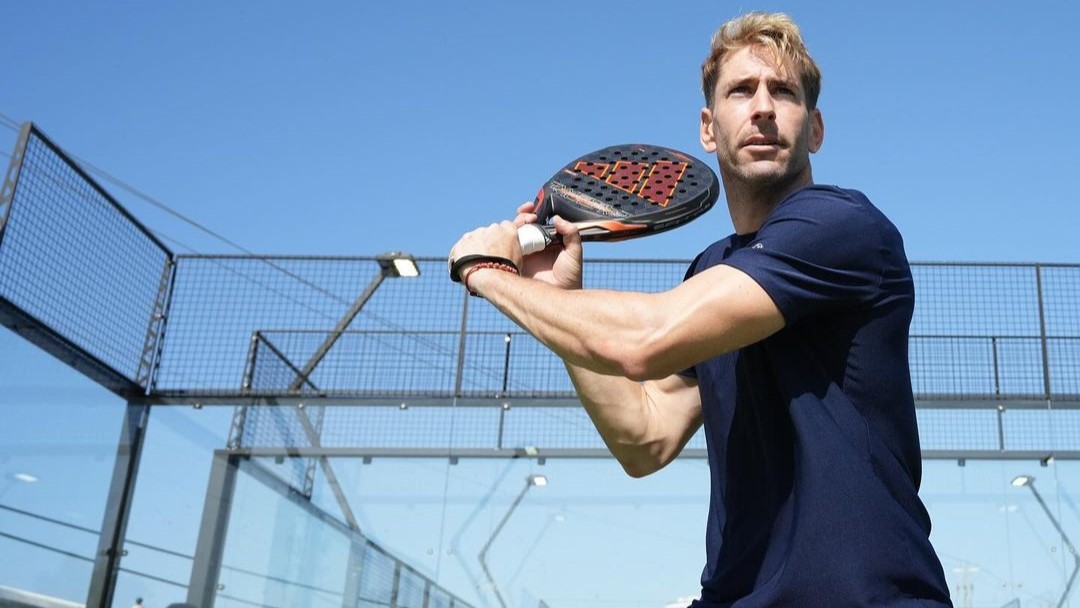 Alex Ruiz: “Finding joy again with Momo”
Alex Ruiz: “Finding joy again with Momo”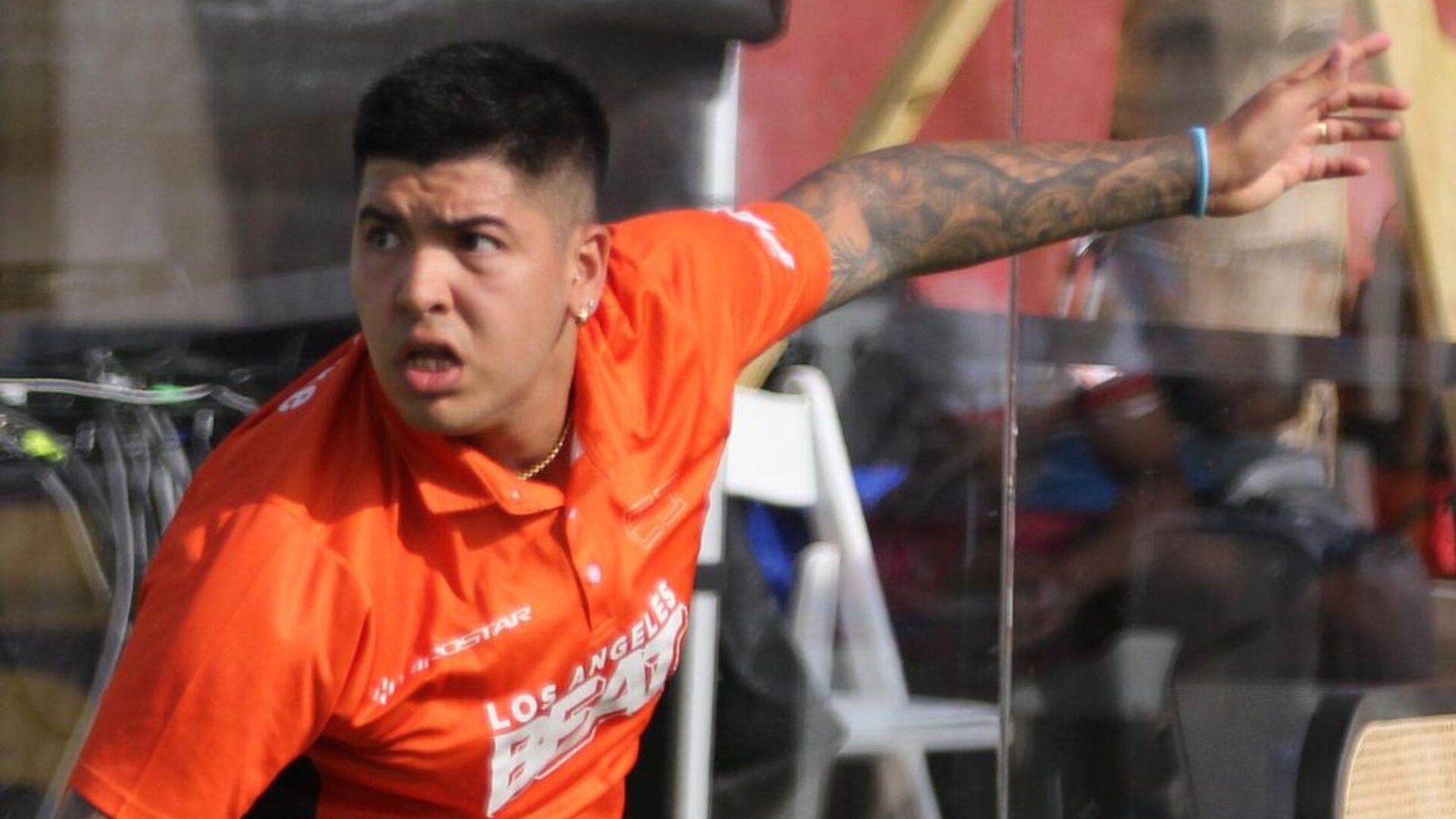 Nerone: “Tolito is not a normal player”
Nerone: “Tolito is not a normal player” P2 Brussels – Like a new school year!
P2 Brussels – Like a new school year! Play at padel on his yacht? Possible for €233.000!
Play at padel on his yacht? Possible for €233.000!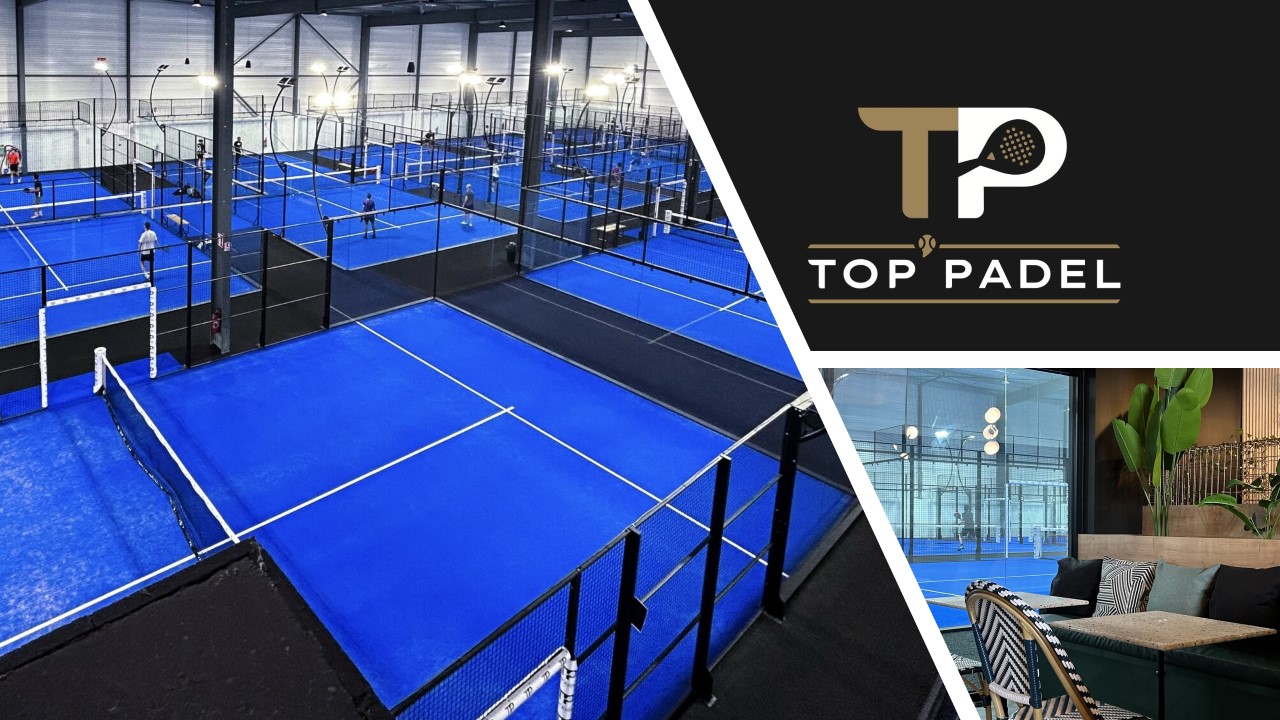 TOP Padel : “A premium club with 10 slopes in Toulouse”
TOP Padel : “A premium club with 10 slopes in Toulouse” At the heart of padel – Episode 25: Paul and Andoni answer your questions
At the heart of padel – Episode 25: Paul and Andoni answer your questions Tactical padel – What to do when faced with players who systematically stay at the bottom?
Tactical padel – What to do when faced with players who systematically stay at the bottom? The basic tactics of padel
The basic tactics of padel A par 4 is always a winner...even if you manage to defend it!
A par 4 is always a winner...even if you manage to defend it! At the heart of padel – Episode 23: defend the window well
At the heart of padel – Episode 23: defend the window well Prohibition on playing topless Padel : the reasons
Prohibition on playing topless Padel : the reasons FIP Tour – Going far from Europe, THE strategy to earn points!
FIP Tour – Going far from Europe, THE strategy to earn points! What is a good football player? padel ?
What is a good football player? padel ? “Lefties give me headaches when I play against them!”
“Lefties give me headaches when I play against them!” At the heart of padel – Episode 14: how to earn points in winter?
At the heart of padel – Episode 14: how to earn points in winter? Carbon fiber VS fiberglass: what to choose?
Carbon fiber VS fiberglass: what to choose? How to effectively test a racket padel ?
How to effectively test a racket padel ? La padel to fight Parkinson's disease
La padel to fight Parkinson's disease Don't play with a cracked or broken racket, your body will thank you!
Don't play with a cracked or broken racket, your body will thank you! Michel Cymes: “The padel, physically, it’s serious!”
Michel Cymes: “The padel, physically, it’s serious!” Jeremy Gala: “Promote the padel among young people in Belgium remains a challenge”
Jeremy Gala: “Promote the padel among young people in Belgium remains a challenge” The French Touch Academy organizes its selection day Padel-Study
The French Touch Academy organizes its selection day Padel-Study Report on the detection and training of younger generations
Report on the detection and training of younger generations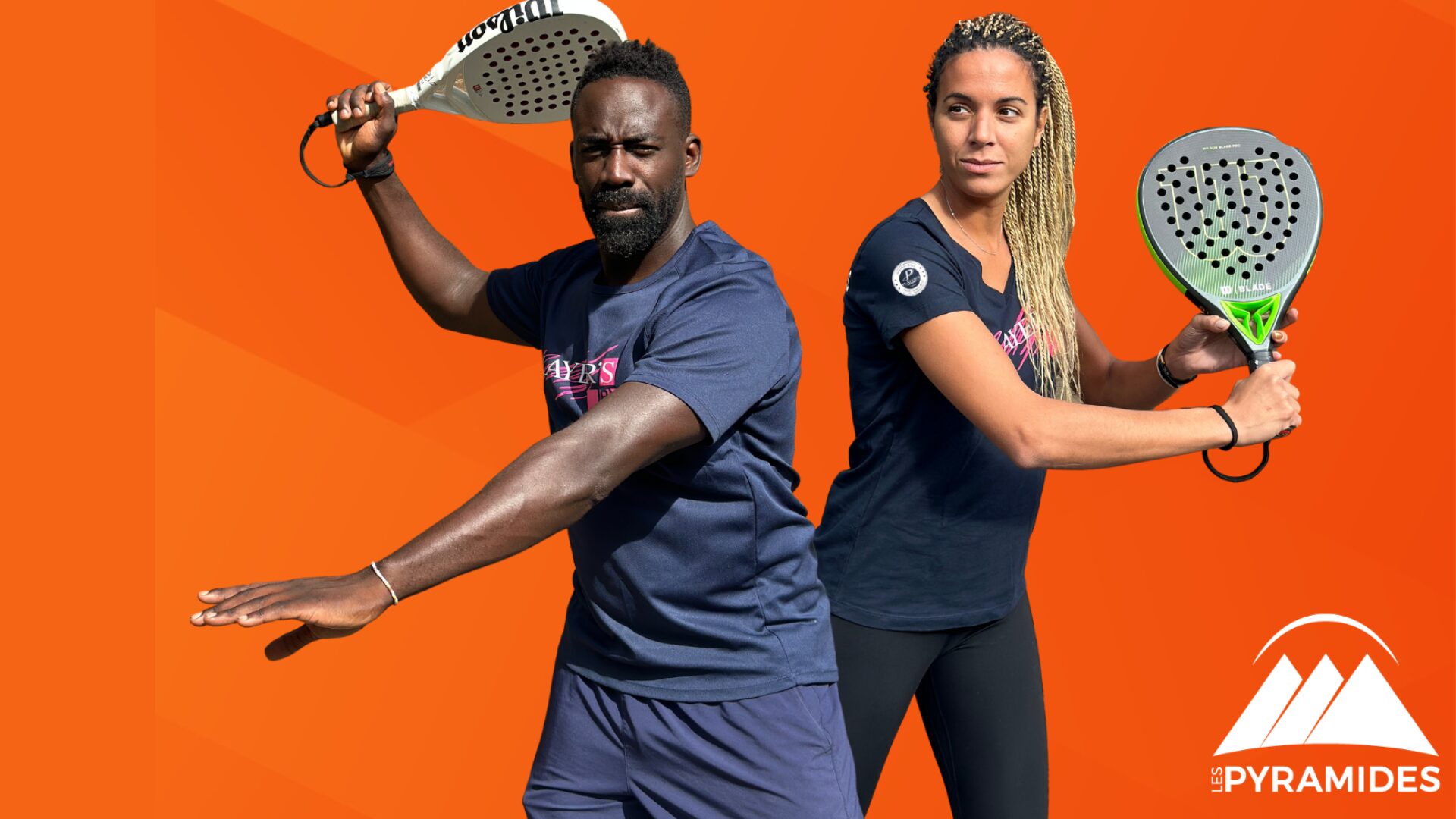 Player's adult courses from April 8 to 21, 2024!
Player's adult courses from April 8 to 21, 2024!